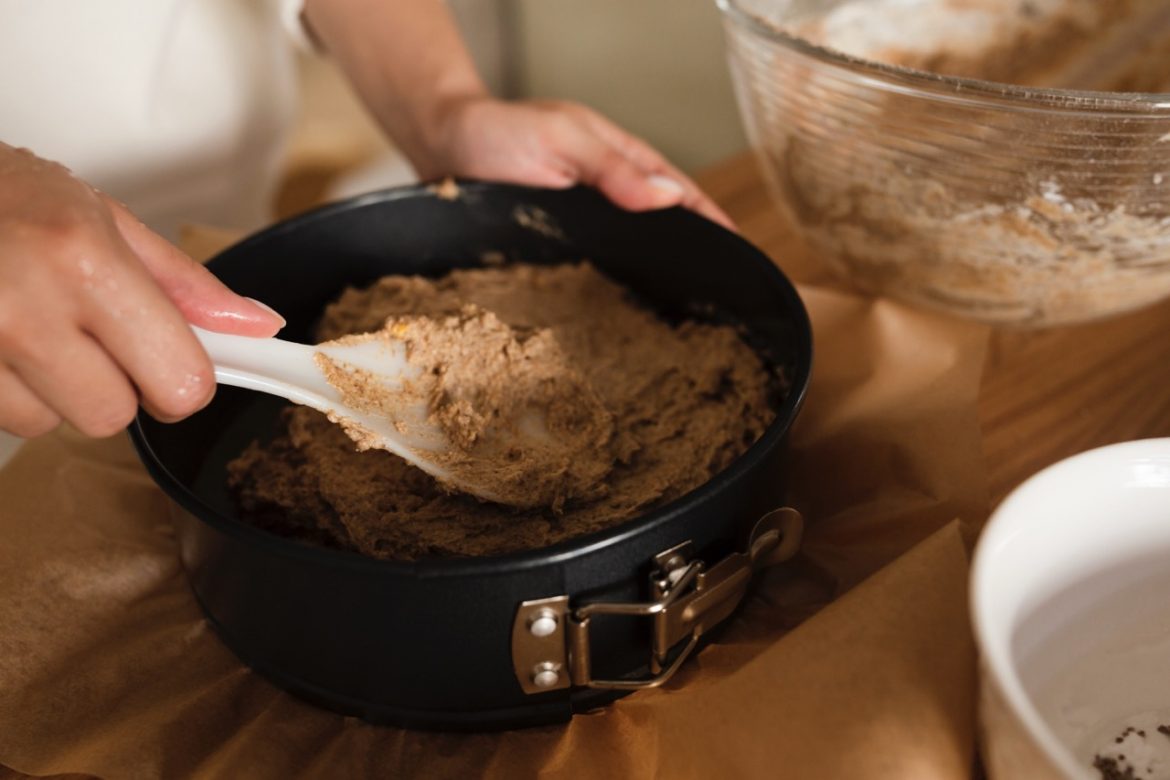Whether you’re trying to up your protein intake or make your favourite treats a little more nutritious, baking with protein powder can be a game-changer. But if you’ve ever ended up with a rubbery loaf or dense muffin, you’ll know it’s not as simple as swapping out regular flour.
ALSO READ: Protein is power! 5 easy ways to increase protein in your diet
Here’s how to get it right, what to avoid, and which bakes work best.
How to substitute protein powder in baking
Protein powder isn’t a one-to-one replacement for flour. It lacks the gluten and structure that flour provides, so it works best when it makes up no more than a third of the dry ingredients in a recipe. A good rule of thumb is to start by replacing about 1/4 cup of flour with protein powder and adjusting as needed from there.
If you’re using an unflavoured protein, you may need to add extra vanilla, spices, or sweeteners to boost the flavour. With flavoured protein (like vanilla or chocolate), consider how the flavour profile will affect the final bake.
The different types of protein powder
Not all protein powders behave the same in the oven:
-
Whey protein: One of the most popular choices for baking. It mixes well and lends moisture, but can dry out or go rubbery if overbaked.
-
Casein: Thicker and more absorbent than whey, it adds density and chew to baked goods. Often used for brownies and pancakes.
-
Plant-based protein: Includes pea, soy, rice, and hemp protein. These can be a bit gritty or earthy and may need more liquid or fat to soften the texture.
Always consider the moisture content of your recipe and be ready to adjust with a splash of milk or extra egg to maintain balance.
Best bakes to use protein powder in
Protein powder works best in recipes where a softer or denser texture is welcome. Try adding it to:
-
Muffins and cupcakes
-
Pancakes and waffles
-
Banana bread or zucchini loaf
-
Protein brownies or bars
-
Cookies, especially soft-baked styles
-
Energy balls or raw bars
These recipes are generally forgiving and easy to tweak without compromising flavour.
What to avoid or be aware of
Baking with protein powder does come with some caveats. Here’s what to look out for:
-
Dryness: Protein powder absorbs moisture. Always check your batter and add more liquid if it looks too thick.
-
Over-baking: Protein bakes tend to dry out quickly. Keep a close eye on baking times – slightly underdone is better than overdone.
-
Texture changes: Protein can make baked goods more dense or chewy. That’s why it’s best used in recipes that don’t require a light, airy crumb (think sponge cake).
-
Aftertaste: Some protein powders, especially those with artificial sweeteners or added vitamins, can leave an aftertaste. Test your brand in small batches to see how it bakes.
Start simple with tried-and-tested recipes like protein muffins or protein pancakes. Use a kitchen scale for more accuracy, especially when adjusting ingredient ratios. And don’t forget that texture will always differ slightly from traditional baked goods – but with the right approach, you can create tasty, satisfying treats that support your wellness goals.
ALSO SEE:
The protein intake hack you didn’t know you needed – What is Proffee?
Feature Image: Freepik

